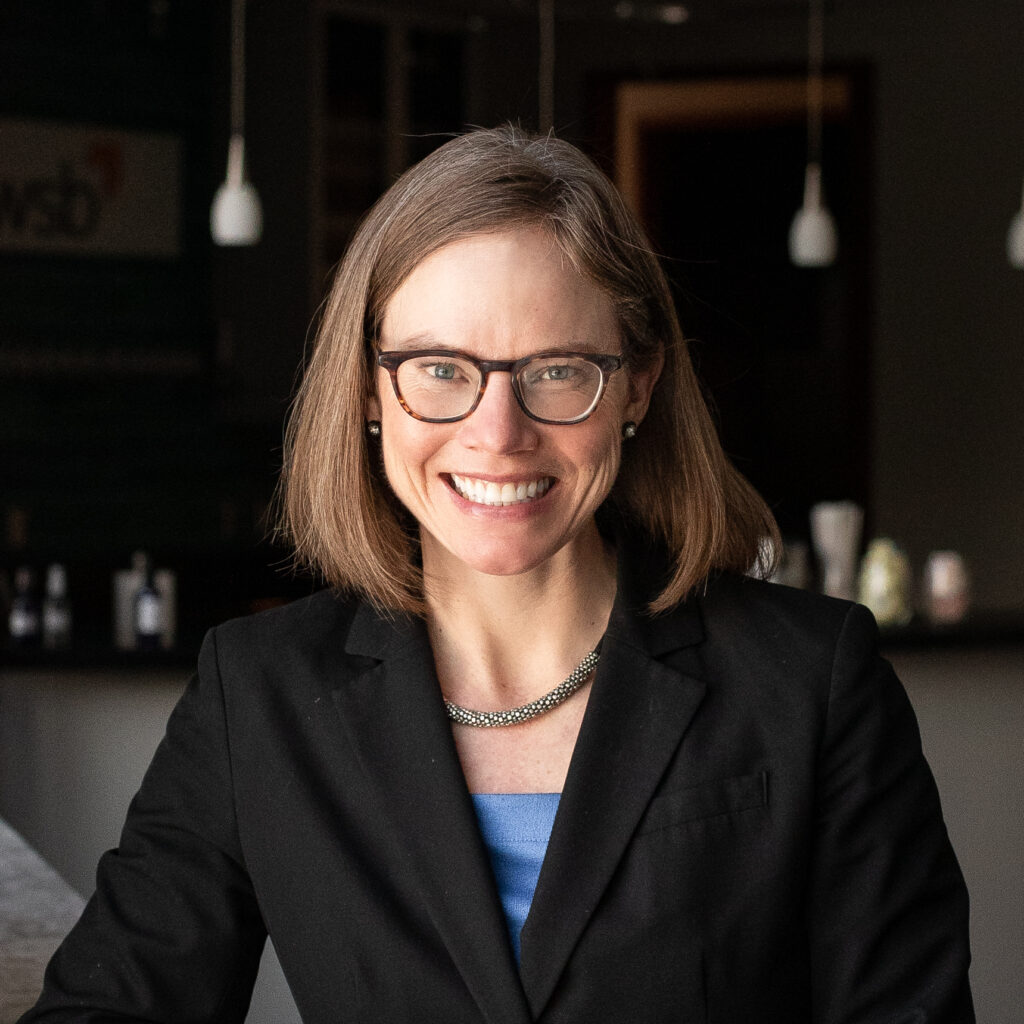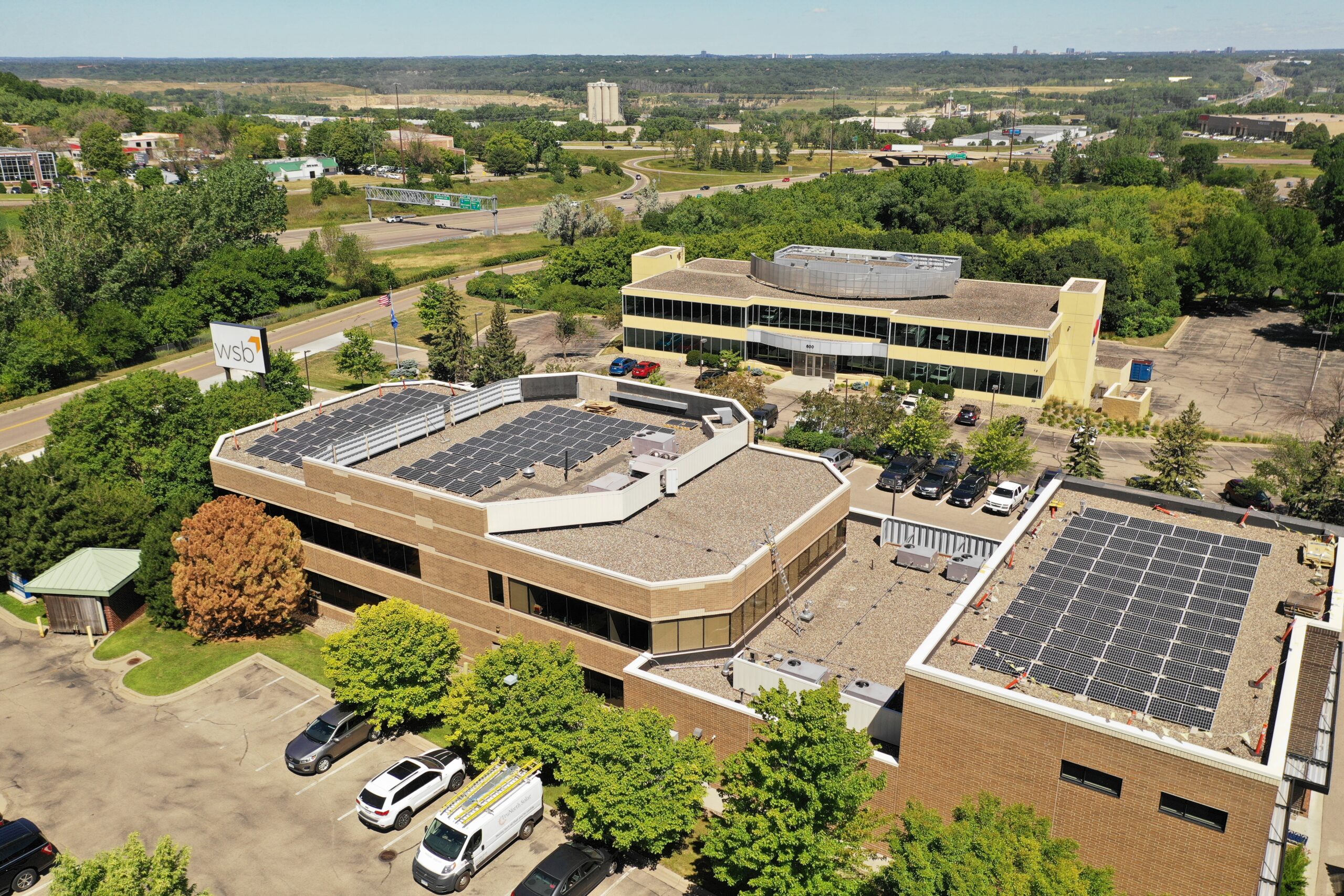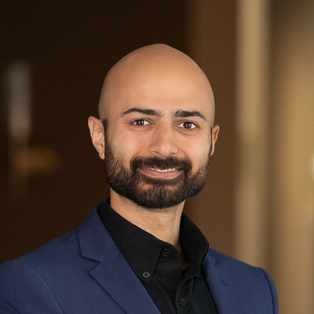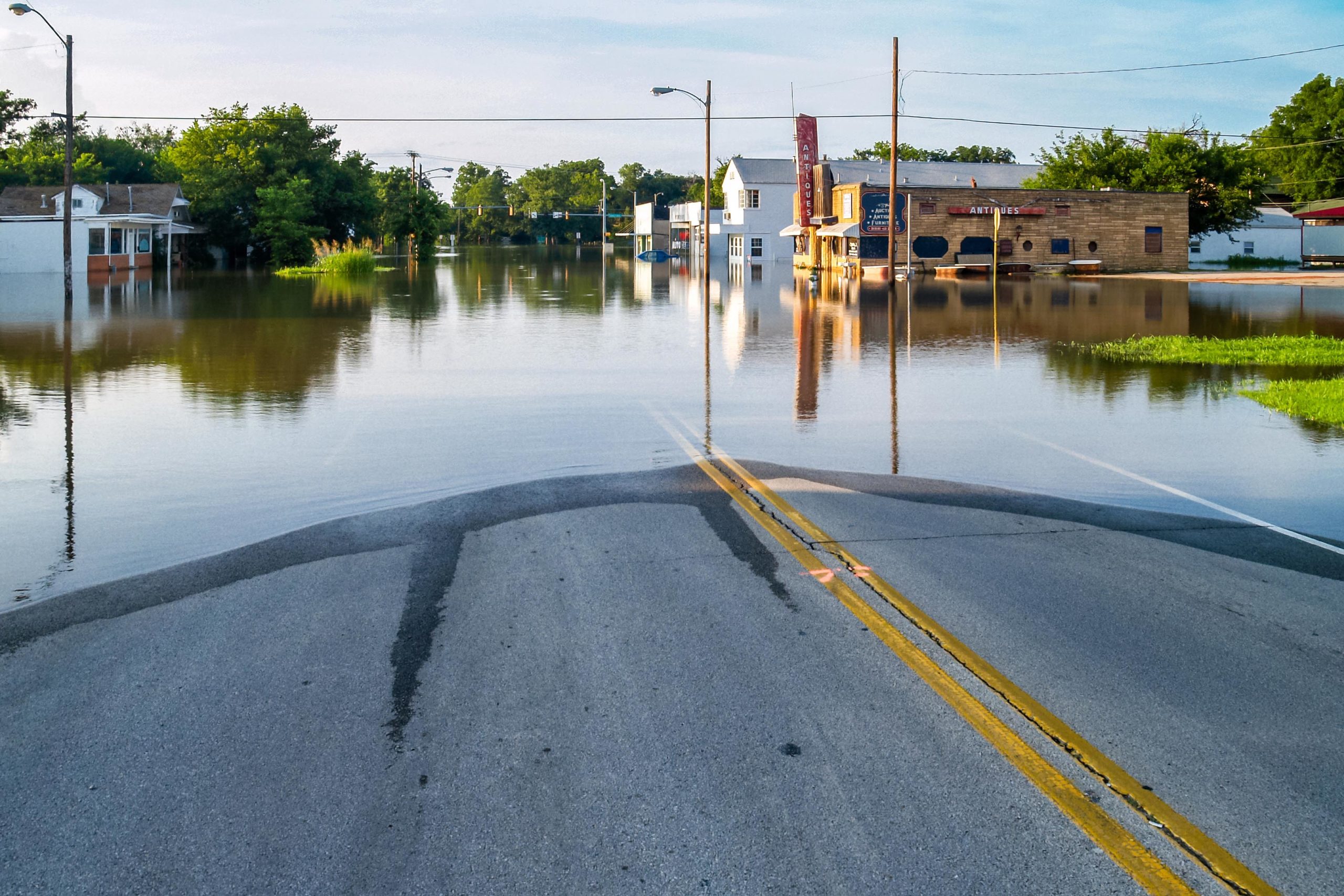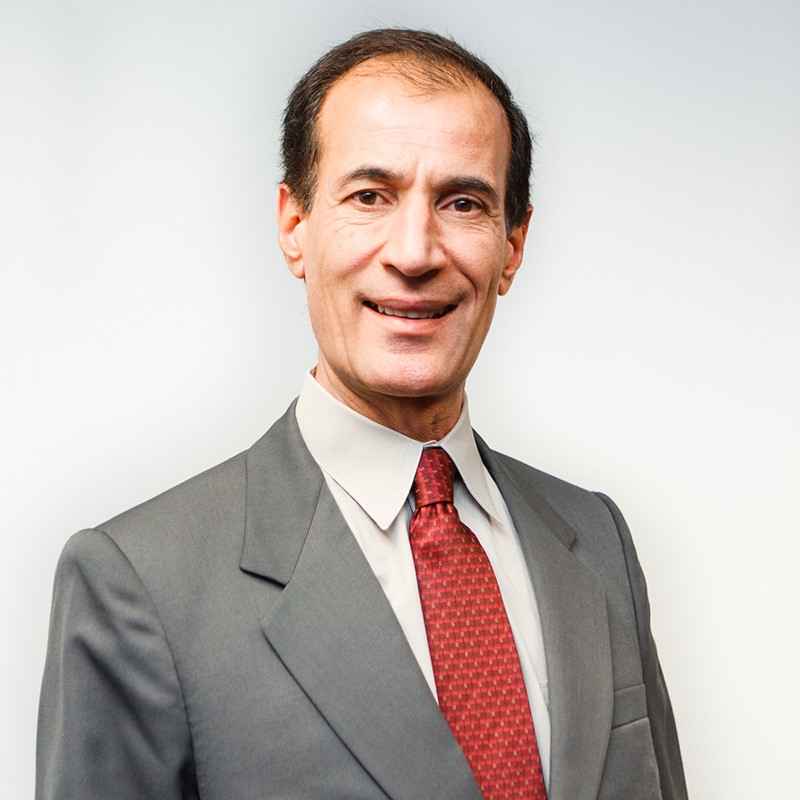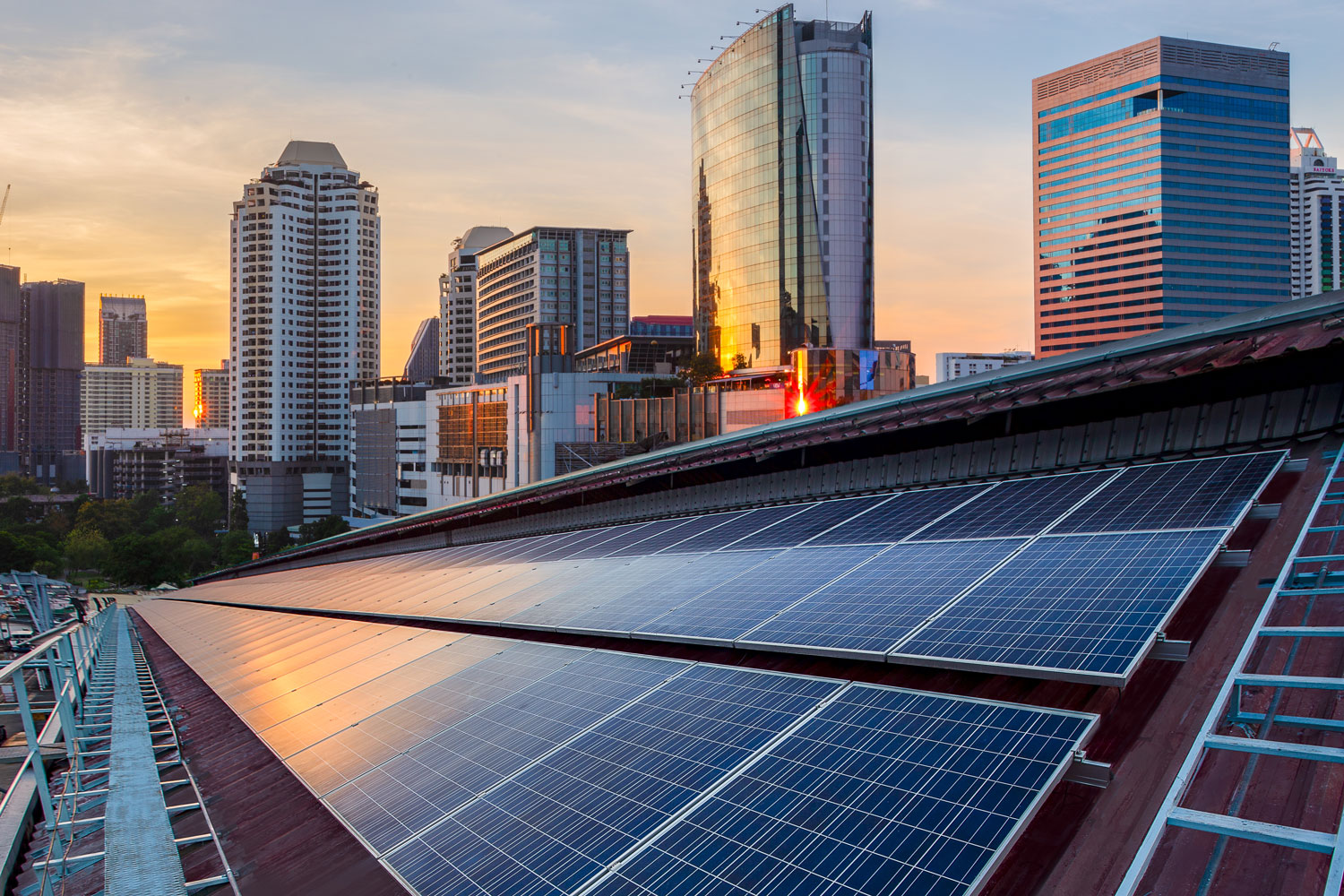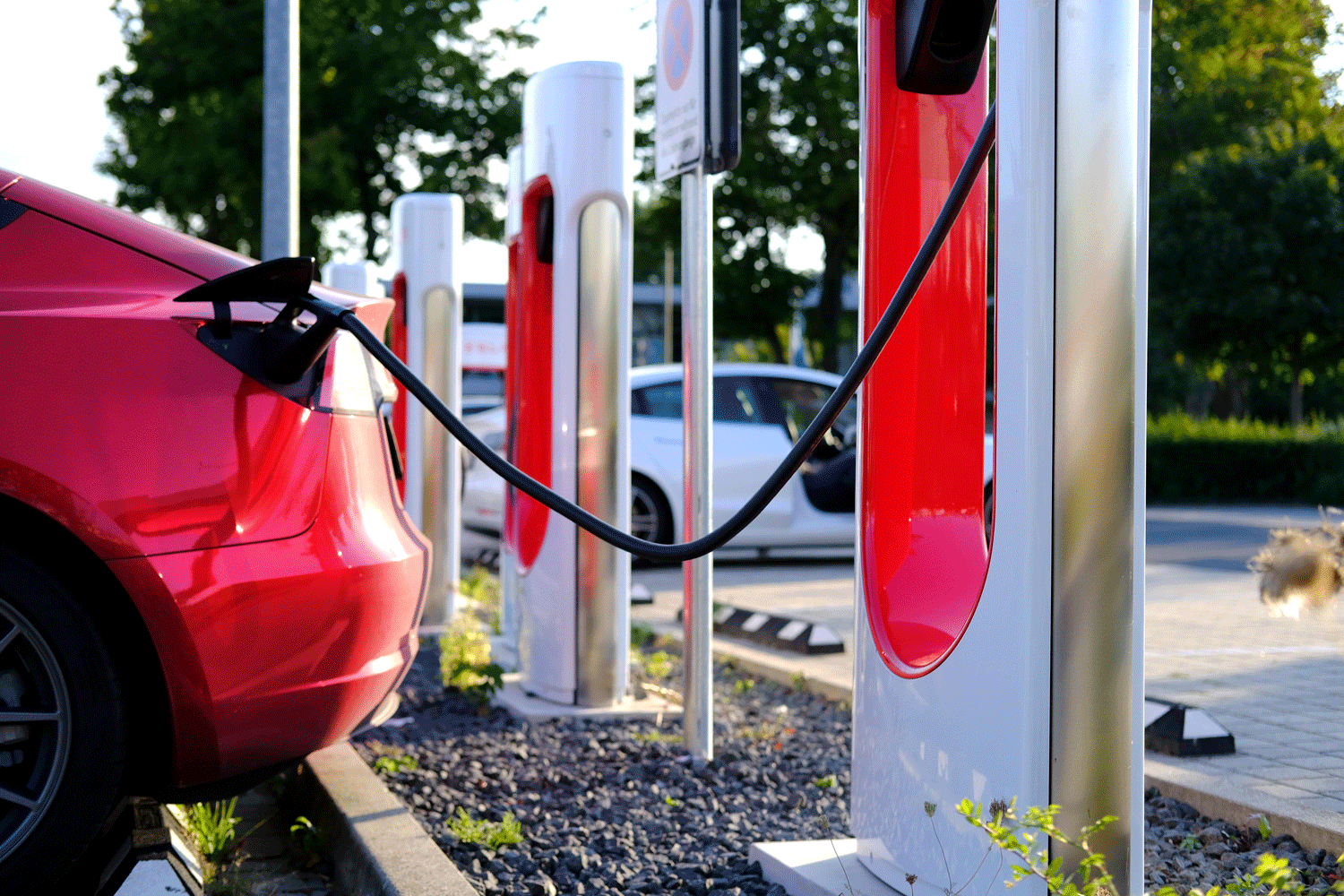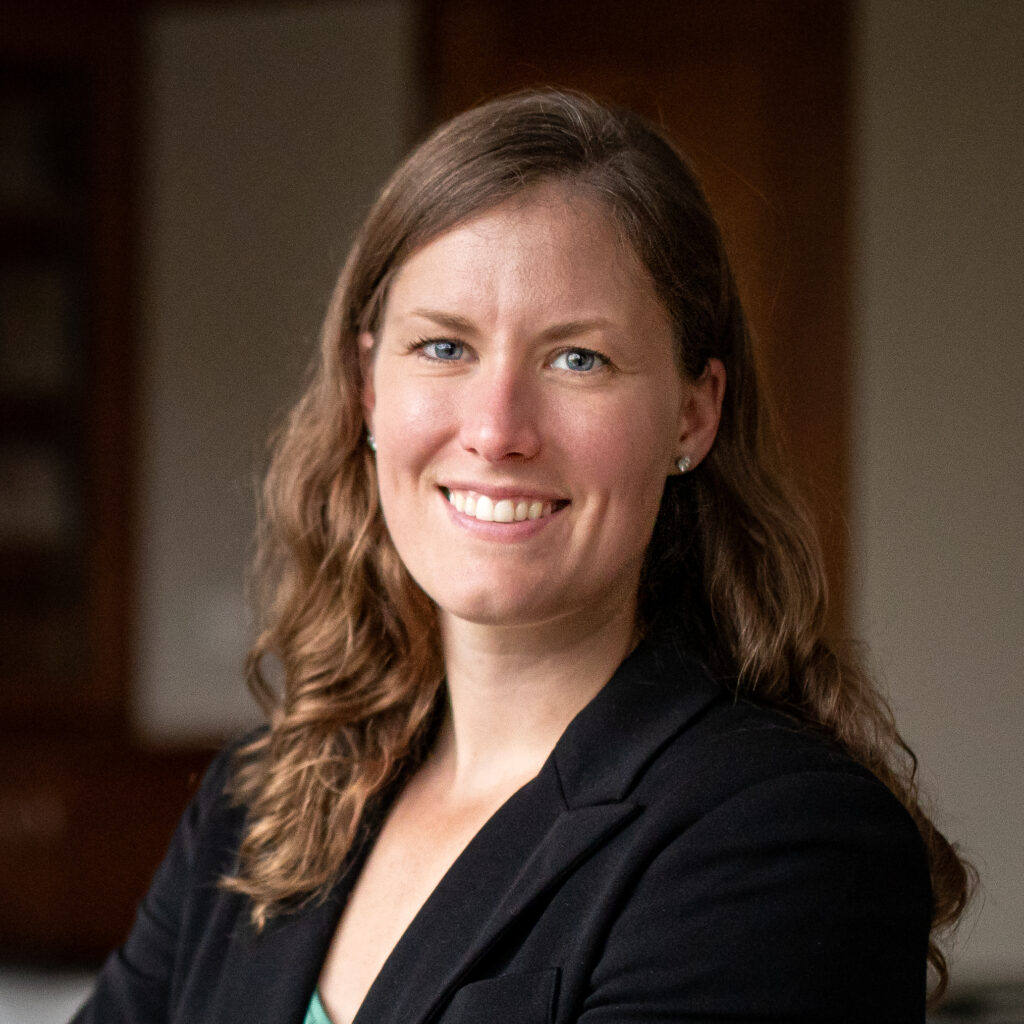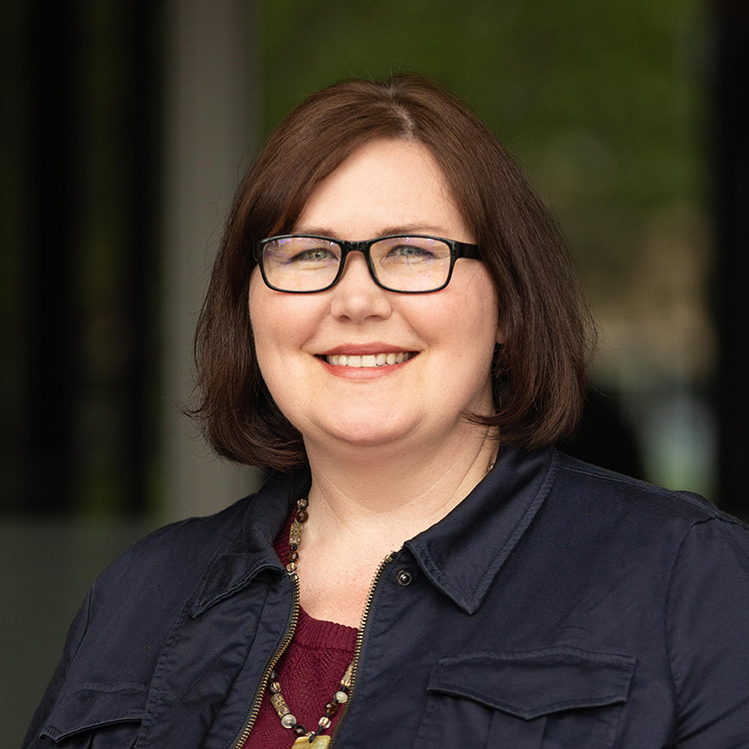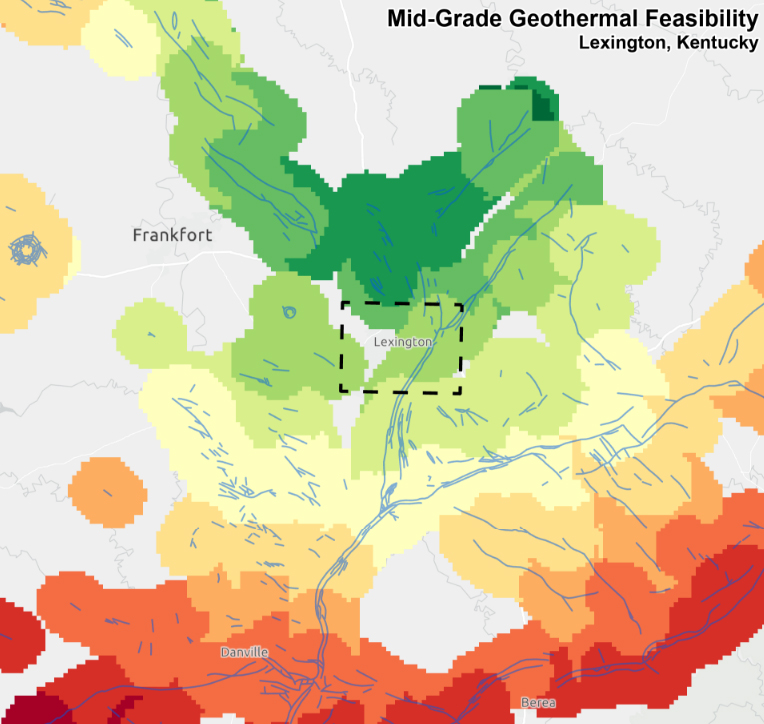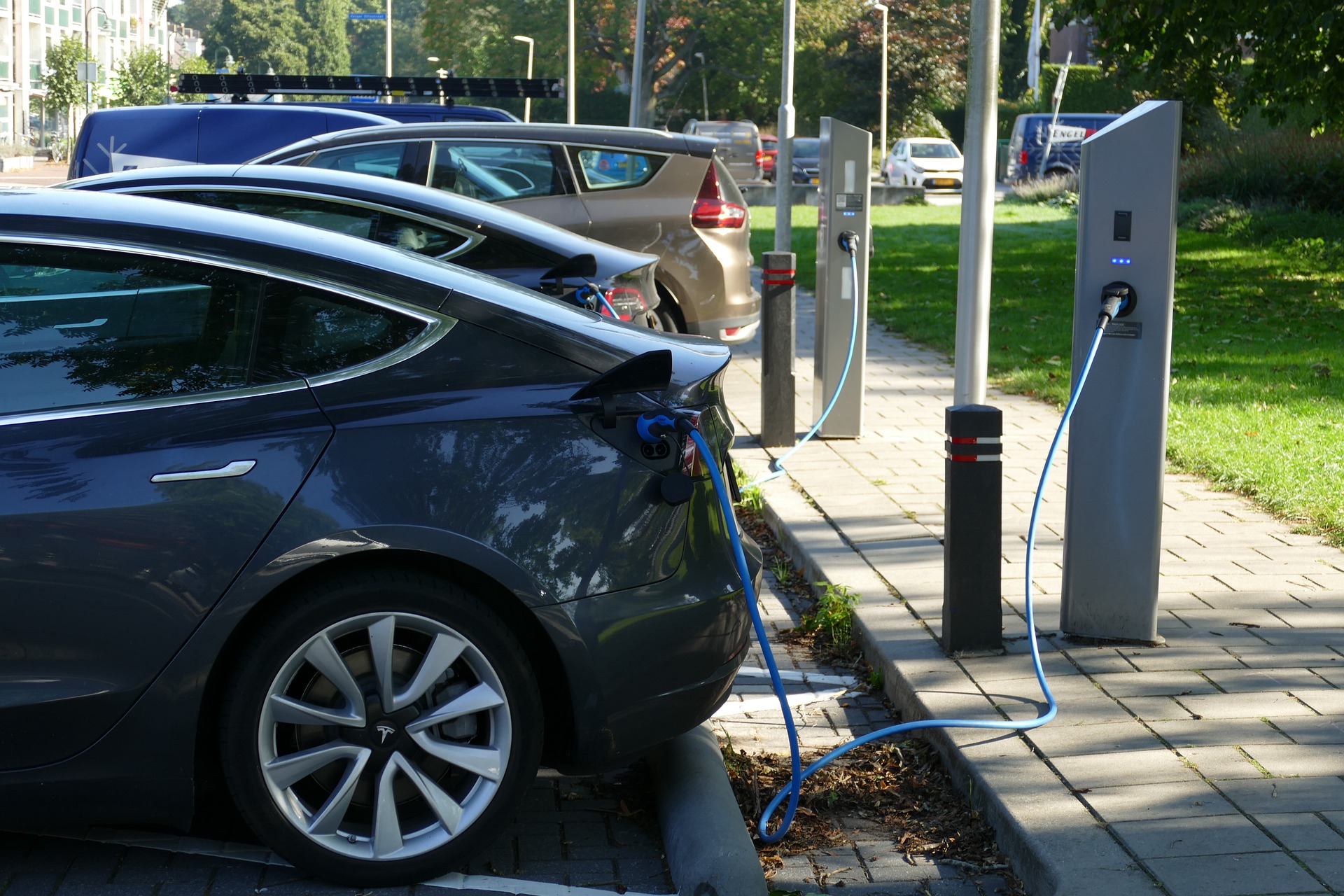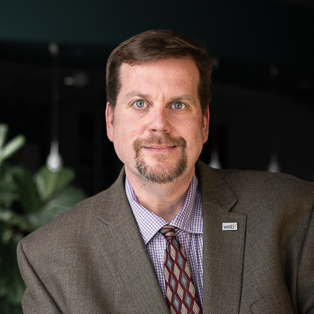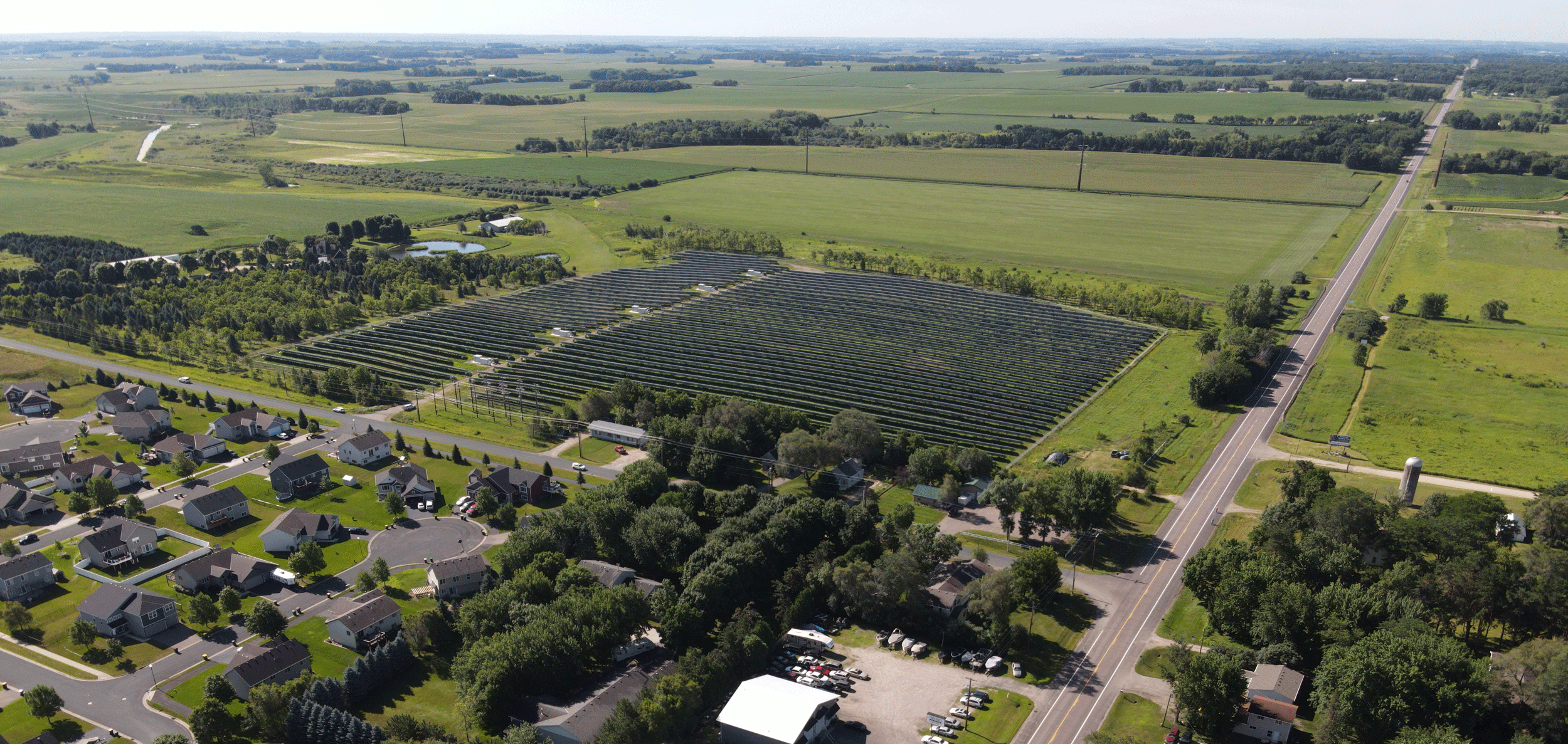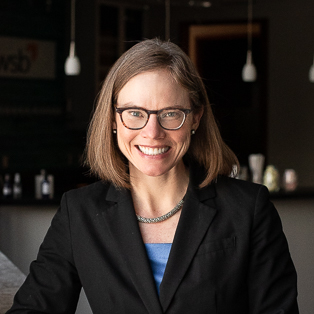
Grant Opportunities for Minnesota Cities
December 4, 2024
By Amy Fredregill, Sr Director of Sustainability, WSB
We would like share news about three upcoming resiliency grant opportunities that can help cities in Minnesota advance their strategic plans, reduce costs and risks, and provide new services to stakeholders.
MN Pollution Control Agency Local Climate Action Grant
The MN Pollution Control Agency (MPCA) has opened applications for the Local Climate Action (LCA) grants. There are two types of grants available: a climate action planning grant and a climate action implementation grant. These grants are available to local governments, Tribes, community-based nonprofits, and schools working on projects to reduce climate pollution and prepare communities for climate change impacts.
The planning grant focuses on developing local action plans to combat and adapt to climate change, including community-wide greenhouse gas emissions data collection through the Regional Indicators Initiative at no cost. The implementation grants fund projects that execute existing climate or sustainability plans, aiming to increase community resilience to climate change and reduce contributions to it.
The maximum grant award for both programs is $50,000, with a match requirement based on community population size. Communities with populations under 20,000 need to match 5% of the grant amount, while those with populations of 20,000 or more need to match 50%. Applications are due by January 9, 2025.
MPCA Community Resilience Implementation Grant
The MPCA is also offering $5 million in grants for non-stormwater and non-wastewater projects to enhance community resilience to climate change. Eligible projects include extreme heat mitigation, hardening public assets against extreme weather, upgrading resilience hubs, improving transportation alternatives, wildfire resilience, public water supply projects, and climate resiliency upgrades to publicly owned housing or community storm shelters. Applications are due by December 19, 2024.
Geothermal Planning Grants
The Minnesota Department of Commerce is launching a new grant program to provide financial assistance for examining the feasibility of geothermal energy systems. Grants of up to $150,000 are available for planning geothermal systems that heat and cool buildings. Eligible applicants include counties, cities, townships, and the Metropolitan Council. The program will launch by the end of 2024, with a public webinar scheduled for December 16, 2024.
Next Steps
At WSB, we specialize in helping communities secure funding and grant opportunities through competitive applications, innovative partnerships, and cost-effective approaches. Recently, we assisted a tribe in securing $5 million from the EPA for a Climate Pollution Reduction Grant and helped a city obtain a Solar on Public Buildings grant. Let us know how we can assist you in securing funding to advance your goals.
Amy has nearly 25 years of experience across many industries, particularly energy and agriculture, in the public, private and nonprofit sectors. This experience has provided Amy with a broad background that enables her to meet community and business needs based on the business case for sustainability. By working across interesting systems to simultaneously advance environmental, economic and social goals, she is able to uncover creative solutions. Through her relationship-based approach, Amy meets the unique needs of communities and businesses by working with all areas of the firm to provide comprehensive solutions.
[email protected] | 612.965.1489
